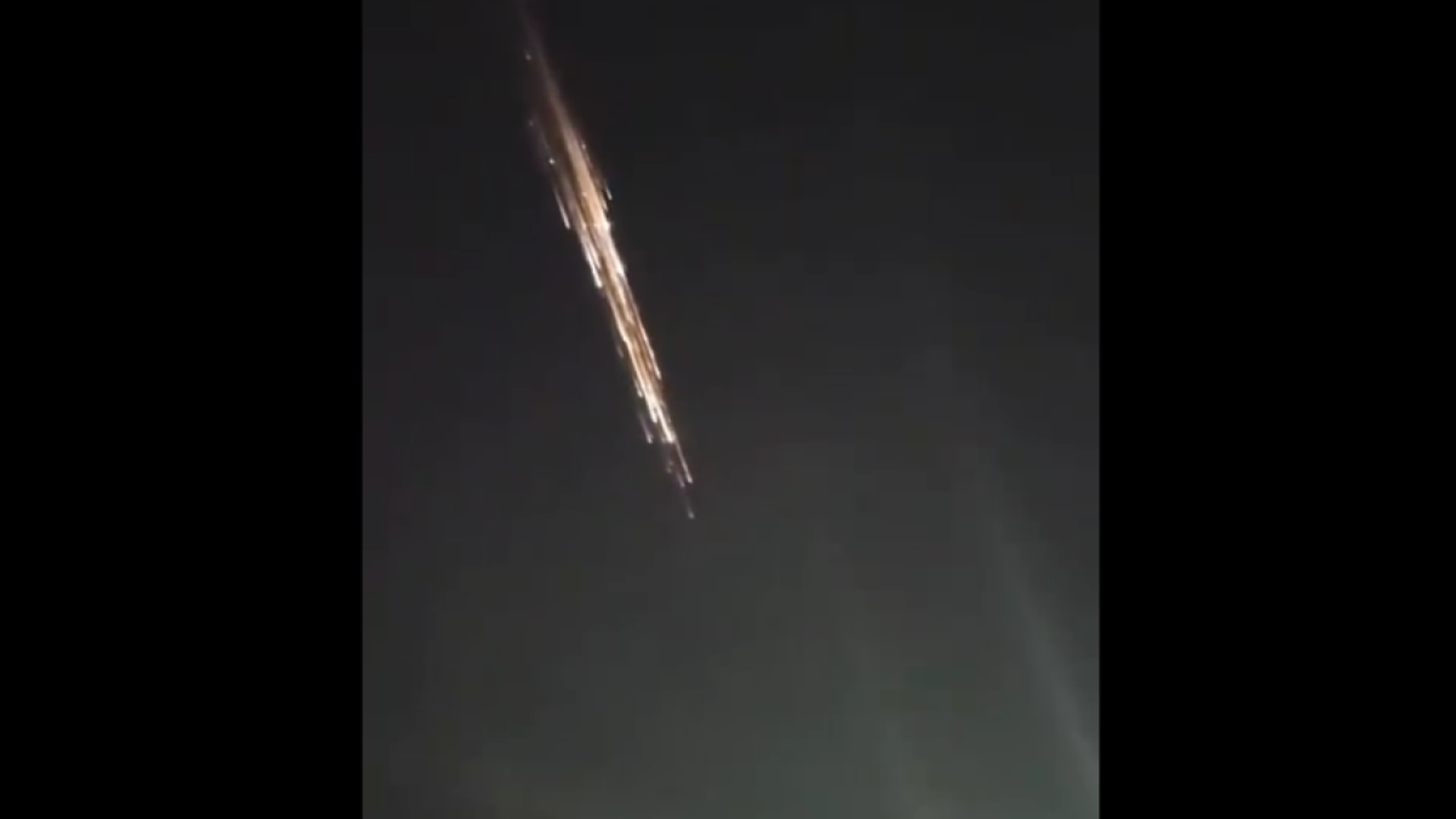Folks in the American Pacific Northwest were treated to an unusual display in the night sky on Thursday night, after a large piece of space debris broke up during reentry, streaking across the sky in a cascade of fire.
It looked like a scene from “War of the Worlds”: a stream of bright fireballs streaked across the sky, lighting up brighter than the glow of city lights. According to reports, the shockwave at its final breakup could be heard and felt indoors.
Numerous videos of the incident soon appeared online and quickly became viral.
— vampire enthusiast (@vampyreparty) March 26, 2021
— Vince LaVecchia (@vincelavecchia) March 26, 2021
One longer video shows the debris did not dissipate quickly, continuing to burn for more than a minute.
Many people in Oregon were stunned Thursday night when they saw what looked like a large meteor breaking through the sky. It has not been confirmed what the object was, it is believed that it could be "remains of a rocket". #Portland, #Oregon #USA pic.twitter.com/CqNKDQJcIx
— AUSTROHÚNGARO (@AUSTROHNGARO1) March 26, 2021
Many suspected it was a type of bolide similar to that which streaked across Russia and exploded over the city of Chelyabinsk in February 2013, shattering windows for miles. However, the US National Weather Service identified a different culprit.
“The widely reported bright objects in the sky were the debris from a Falcon 9 rocket 2nd stage that did not successfully have a deorbit burn,” NWS said in what it noted was an unofficial conclusion that was pending confirmation. “Based on the observed video, this looks more likely than a bolide meteor or similar object as they would be moving far faster on impact with our atmosphere. There are NO expected impacts on the ground in our region at this time.”
Soon enough, astronomer Jonathan McDowell, a researcher at the Harvard–Smithsonian Center for Astrophysics, provided folks with a more scientific explanation: the fiery show was the breaking up of the second stage of a SpaceX Falcon 9 rocket that launched on March 4. He shared a map of its flight path, which passed over Oregon and Washington on the night of March 25 (March 26 in coordinated universal time).
— Jonathan McDowell (@planet4589) March 26, 2021
McDowell noted the rocket stage was about 3 tons in mass and about 7 meters long. The original intent was to deorbit it shortly after launch over a remote part of the south Pacific. When the engine didn’t fire like it should have, the rocket piece was set on a steadily declining orbit that made its eventual crash back to Earth unpredictable.
This isn’t the first time a discarded rocket stage caused a stir down on Earth. In December, a mysterious asteroid expected to make a close pass to Earth was revealed to be the long-lost second stage of a centaur rocket launched way back in 1966 that malfunctioned, sending the moon probe it was carrying crashing down onto the lunar surface and the rocket stage spiraling off into the void.




